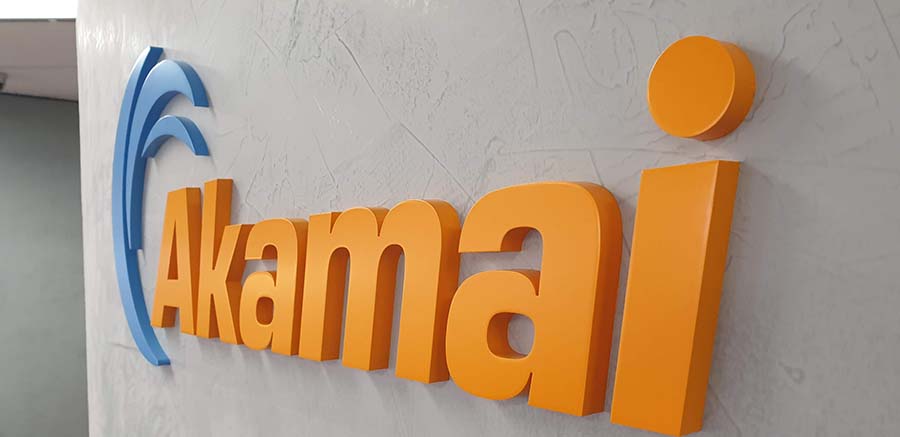Akamai extends cloud computing to the edge for improved user experiences

Cloud and edge solutions provider Akamai Technologies has revealed its latest endeavor to integrate cloud computing capabilities into its edge network. Dubbed Generalized Edge Compute (Gecko), the initiative is poised to bolster Akamai’s position as the preferred cloud computing platform for businesses seeking to enhance user experiences by running workloads closer to users, devices, and data sources.
According to the company, Gecko represents the culmination of Akamai’s ongoing strategy to establish itself as a central platform within enterprise multicloud environments. It signifies stride towards creating a novel cloud model tailored to the demands of modern applications, necessitating heightened performance, reduced latency, and global scalability beyond the capabilities of current cloud architectures.
Akamai has already commenced preliminary trials of Gecko with select enterprise clients, identifying sectors such as AI inferencing, multiplayer gaming, and social and streaming media as prime beneficiaries of its capabilities. Anticipated future applications span various domains including immersive retail, spatial computing, data analytics, and consumer and industrial IoT.
According to Dr. Tom Leighton, Akamai’s co-founder and CEO, “Gecko represents the most significant advancement in cloud technology in a decade.” He emphasizes that Gecko embodies the company’s vision of a more interconnected cloud ecosystem, initially outlined with the acquisition of Linode to bolster cloud-native computing capabilities.
Through initiatives like Akamai Connected Cloud and the expansion of core computing regions worldwide, Akamai aims to merge the computational power of its cloud platform with the proximity and efficiency of edge computing, thereby surpassing competitors in delivering unparalleled user proximity and efficiency.
Traditionally, cloud and edge networks have operated as separate entities within industry architectures. However, Gecko’s innovative design aims to integrate generalized compute functionalities onto Akamai’s global edge network infrastructure. This integration leverages existing tools, processes, and observability mechanisms to ensure a seamless computing experience spanning from cloud to edge, according to the company.
“Akamai is delivering on the promise it made when it acquired Linode by quickly integrating compute into its security and delivery mix,” adds Dave McCarthy, IDC, research vice president, cloud and edge services. “What they’re now doing with Gecko is an example of the more distributed cloud world we’re heading toward, driven by demands to put compute and data closer to the edge.”
In the second phase of Gecko, which is expected to kick off later this year, the company plans to add containers to the mix. In Gecko’s third phase, Akamai plans to add automated workload orchestration to make it easier for developers to build applications across hundreds of distributed locations, with the end goal of creating a consistent user experience between each core computing region and the edge.
Read more:
Akamai to purchase Ondat to strengthen its edge cloud computing offerings
Akamai launches edge computing platform and adds new cloud capabilities


Comments